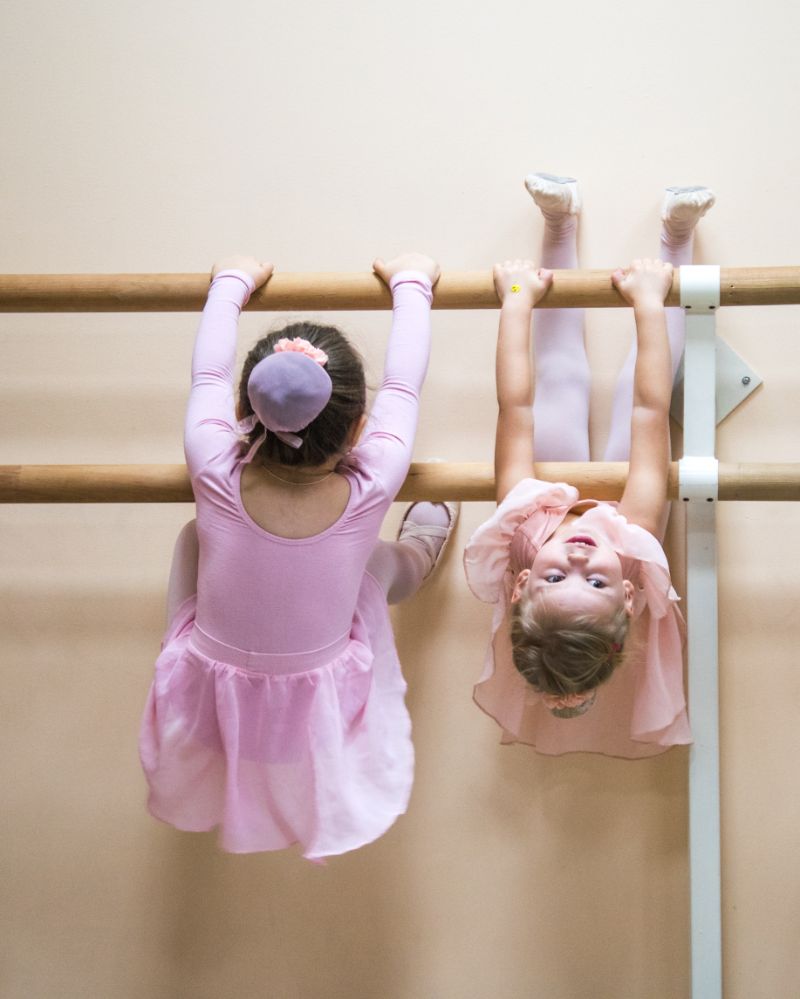Dance school owners have a passion for dance and a desire to share their passion with others. However, running a dance school is much more than just teaching dance. It requires a solid business plan that outlines your goals, strategies, and tactics. A dance business plan is a document that outlines your vision, mission, and objectives for your dance school. It helps you define your target market, competition, and resources needed to run the school successfully.
In this blog post, we will discuss the steps involved in writing a dance business plan.
Your dance business plan should start with defining your mission and goals. Your mission statement should clearly communicate the purpose of your dance school. It should answer the question, "What does your school do and why does it exist?"
Your goals should be specific, measurable, achievable, relevant, and time-bound (SMART). They should clearly state what you want to achieve and how you will measure your progress.
Examples of a mission statement and goals for a dance school are:
Mission Statement: Our mission is to provide high-quality dance education to students of all ages and abilities and to inspire a lifelong love of dance.
Goals:
1. Increase student enrollment by 20% in the next year.
2. Expand our dance curriculum to include more styles, such as contemporary and hip hop.
3. Increase our social media presence by creating a YouTube channel and posting weekly dance tutorials.
The next step in writing a dance business plan is to analyze the market and competition. You need to identify your target market, such as children, teens, or adults, and their demographics, such as age, gender, and income.
You also need to identify your competition and their strengths and weaknesses. This will help you understand how you can differentiate your school and offer unique value to your students.
Here are some questions to ask when analyzing the market and competition:
- Who is your target market?
- What are their demographics?
- What are their needs and wants?
- Who are your competitors?
- What are their strengths and weaknesses?
- How will you differentiate your school from the competition?
Once you have identified your target market and competition, you need to develop a marketing plan. Your marketing plan should outline how you will reach your target market and promote your dance school.
Your marketing plan should include the following components:
1. Market Segmentation: Identify the different segments of your target market and their unique needs and wants.
2. Positioning: Decide how you want your dance school to be perceived in the market and how you will differentiate it from the competition.
3. Promotion: Determine the marketing channels you will use to reach your target market, such as social media, email marketing, and advertising.
4. Pricing: Determine the pricing strategy for your dance school, such as hourly rates, package deals, or monthly subscriptions.
The next step in writing a dance business plan is to determine the resources needed to run your school successfully. This includes financial, human, and physical resources.
1. Financial Resources: Determine how much money you need to start and run your dance school. This includes the cost of rent, utilities, equipment, and salaries.
2. Human Resources: Determine how many staff members you need and their roles and responsibilities. This includes dance instructors, administrative staff, and support staff.
3. Physical Resources: Determine the physical resources you need, such as dance studio space, equipment, and sound systems.
A financial plan is a crucial component of a dance business plan. It outlines the financial projections for your dance school, including revenue, expenses, and profitability.
Your financial plan should include the following components:
1. Revenue Projections: Estimate the revenue you will generate from student enrollment, merchandise sales, and other sources.
2. Expense Projections: Estimate the expenses you will incur, such as rent, utilities, salaries, and equipment.
3. Profitability Projections: Estimate the profitability of your dance school based on your revenue and expense projections.
4. Funding Sources: Determine the funding sources for your dance school, such as loans, grants, or investors.
The final step in writing a dance business plan is to monitor and evaluate performance. This involves tracking key performance indicators (KPIs) and adjusting your strategies and tactics accordingly.
Here are some KPIs to monitor:
- Student Enrollment: Monitor the number of students enrolled in your dance school, including their demographics and feedback.
- Revenue and Expenses: Monitor your revenue and expenses to ensure you are on track to meet your financial projections.
- Customer Satisfaction: Monitor customer satisfaction through surveys and feedback to identify areas for improvement.
- Marketing Effectiveness: Monitor the effectiveness of your marketing strategies and adjust them as needed to reach your target market.
In conclusion, writing a dance business plan is a crucial step in running a successful dance school. It helps you define your mission and goals, analyze the market and competition, develop a marketing plan, determine the resources needed, develop a financial plan, and monitor and evaluate performance.
By following these steps, you can create a solid business plan that will guide you in running a successful dance school and achieving your goals.
